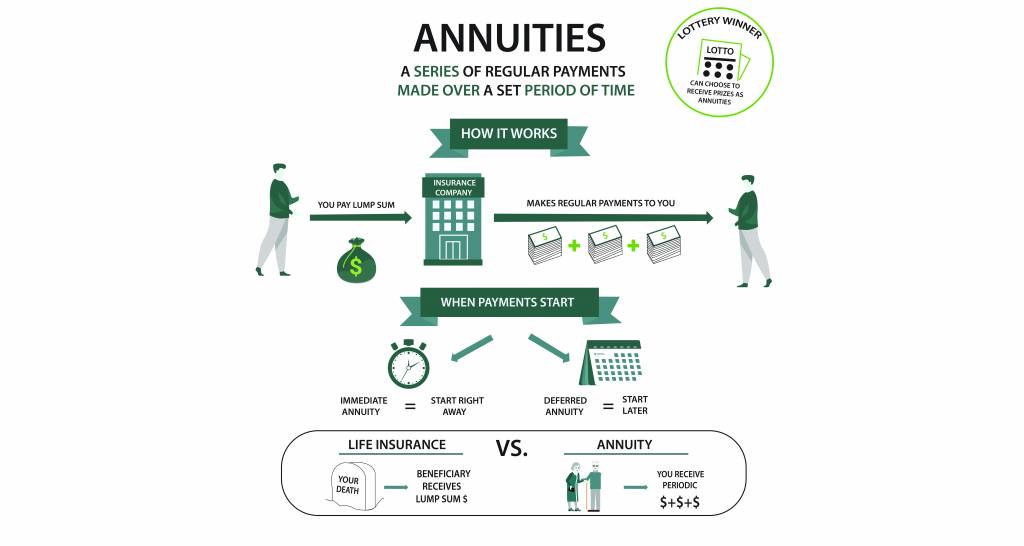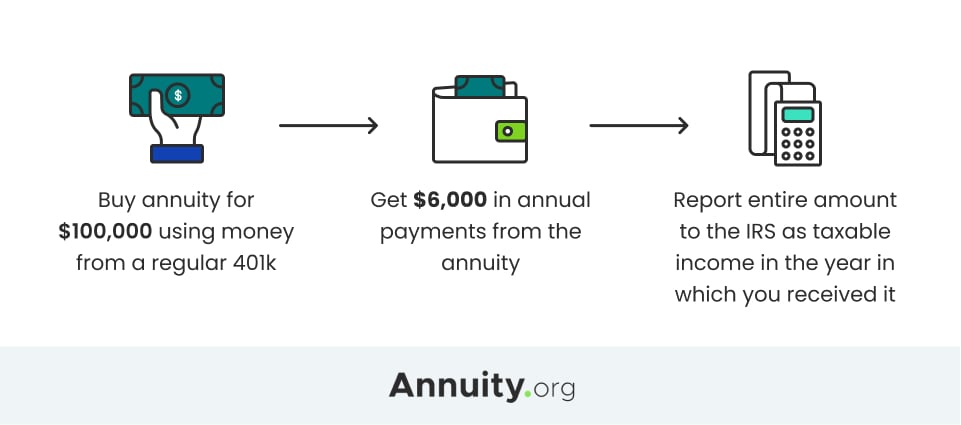All Categories
Featured
Table of Contents
This five-year general rule and two complying with exceptions use only when the proprietor's fatality causes the payout. Annuitant-driven payments are discussed listed below. The first exception to the general five-year regulation for specific beneficiaries is to approve the death benefit over a longer duration, not to go beyond the anticipated life time of the recipient.
If the beneficiary elects to take the survivor benefit in this approach, the advantages are strained like any type of various other annuity payments: partially as tax-free return of principal and partially taxable income. The exemption proportion is found by utilizing the departed contractholder's price basis and the anticipated payouts based upon the recipient's life expectancy (of much shorter period, if that is what the beneficiary selects).
In this technique, in some cases called a "stretch annuity", the recipient takes a withdrawal yearly-- the needed amount of yearly's withdrawal is based on the exact same tables utilized to compute the called for circulations from an IRA. There are two advantages to this approach. One, the account is not annuitized so the recipient preserves control over the money value in the agreement.
The second exception to the five-year guideline is available only to a surviving partner. If the designated recipient is the contractholder's spouse, the spouse may choose to "step right into the shoes" of the decedent. Basically, the partner is dealt with as if she or he were the proprietor of the annuity from its creation.
Are Annuity Withdrawal Options taxable when inherited
Please note this uses just if the spouse is named as a "marked recipient"; it is not readily available, as an example, if a depend on is the recipient and the spouse is the trustee. The basic five-year rule and the two exceptions only put on owner-driven annuities, not annuitant-driven contracts. Annuitant-driven agreements will certainly pay survivor benefit when the annuitant passes away.

For objectives of this discussion, presume that the annuitant and the owner are various - Annuity fees. If the agreement is annuitant-driven and the annuitant dies, the death triggers the death benefits and the beneficiary has 60 days to choose how to take the fatality benefits subject to the terms of the annuity agreement
Note that the choice of a partner to "tip into the footwear" of the proprietor will not be available-- that exemption uses just when the owner has died yet the owner really did not pass away in the circumstances, the annuitant did. If the recipient is under age 59, the "fatality" exemption to avoid the 10% charge will certainly not use to an early distribution once more, since that is readily available only on the death of the contractholder (not the fatality of the annuitant).
Many annuity firms have interior underwriting plans that reject to release agreements that name a various owner and annuitant. (There may be strange scenarios in which an annuitant-driven agreement fulfills a customers special requirements, yet more often than not the tax disadvantages will certainly outweigh the advantages - Annuity fees.) Jointly-owned annuities may present similar troubles-- or at the very least they may not serve the estate preparation function that other jointly-held assets do
Consequently, the fatality benefits should be paid out within five years of the very first owner's death, or based on both exemptions (annuitization or spousal continuation). If an annuity is held collectively in between a partner and better half it would certainly show up that if one were to die, the other can simply proceed ownership under the spousal continuation exception.
Presume that the husband and spouse called their boy as beneficiary of their jointly-owned annuity. Upon the death of either proprietor, the company must pay the death benefits to the child, who is the beneficiary, not the surviving partner and this would probably beat the owner's purposes. Was hoping there might be a mechanism like setting up a beneficiary IRA, however looks like they is not the situation when the estate is setup as a recipient.

That does not recognize the type of account holding the acquired annuity. If the annuity remained in an inherited IRA annuity, you as executor must have the ability to designate the inherited IRA annuities out of the estate to acquired Individual retirement accounts for each estate recipient. This transfer is not a taxable event.
Any kind of distributions made from inherited Individual retirement accounts after project are taxed to the beneficiary that obtained them at their ordinary income tax price for the year of distributions. Yet if the inherited annuities were not in an IRA at her fatality, then there is no way to do a direct rollover into an inherited individual retirement account for either the estate or the estate recipients.
If that takes place, you can still pass the distribution with the estate to the specific estate recipients. The income tax obligation return for the estate (Type 1041) might include Form K-1, passing the income from the estate to the estate recipients to be exhausted at their specific tax rates rather than the much higher estate earnings tax prices.
Taxation of inherited Annuity Rates

: We will create a plan that consists of the most effective products and features, such as enhanced survivor benefit, premium bonuses, and permanent life insurance.: Receive a customized approach created to optimize your estate's value and lessen tax liabilities.: Carry out the selected technique and receive recurring support.: We will help you with establishing the annuities and life insurance coverage policies, providing constant advice to guarantee the strategy continues to be reliable.
However, should the inheritance be considered an earnings associated to a decedent, after that tax obligations might apply. Usually speaking, no. With exemption to retirement accounts (such as a 401(k), 403(b), or IRA), life insurance coverage proceeds, and savings bond passion, the recipient typically will not need to birth any type of earnings tax on their acquired wealth.
The amount one can acquire from a trust fund without paying taxes depends on numerous factors. Individual states might have their very own estate tax policies.

His mission is to streamline retired life planning and insurance coverage, making certain that clients comprehend their selections and protect the most effective insurance coverage at irresistible rates. Shawn is the creator of The Annuity Expert, an independent on the internet insurance coverage company servicing customers throughout the United States. Through this system, he and his team purpose to get rid of the guesswork in retired life preparation by aiding individuals find the ideal insurance coverage at one of the most competitive rates.
Table of Contents
Latest Posts
Highlighting the Key Features of Long-Term Investments A Closer Look at How Retirement Planning Works What Is the Best Retirement Option? Features of Choosing Between Fixed Annuity And Variable Annuit
Highlighting Fixed Vs Variable Annuities A Comprehensive Guide to Variable Vs Fixed Annuity Breaking Down the Basics of Fixed Annuity Vs Variable Annuity Pros and Cons of Pros And Cons Of Fixed Annuit
Understanding Financial Strategies Everything You Need to Know About What Is A Variable Annuity Vs A Fixed Annuity Defining Fixed Income Annuity Vs Variable Growth Annuity Benefits of Fixed Annuity Vs
More
Latest Posts